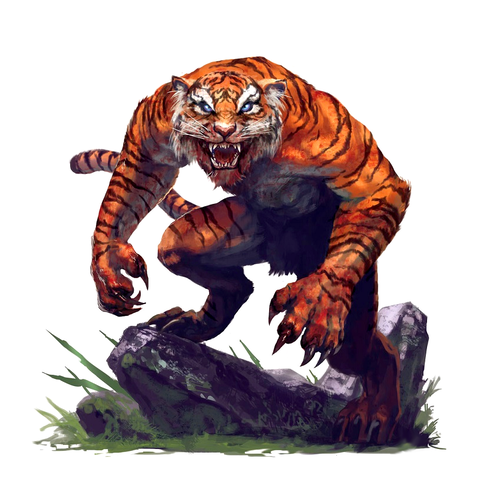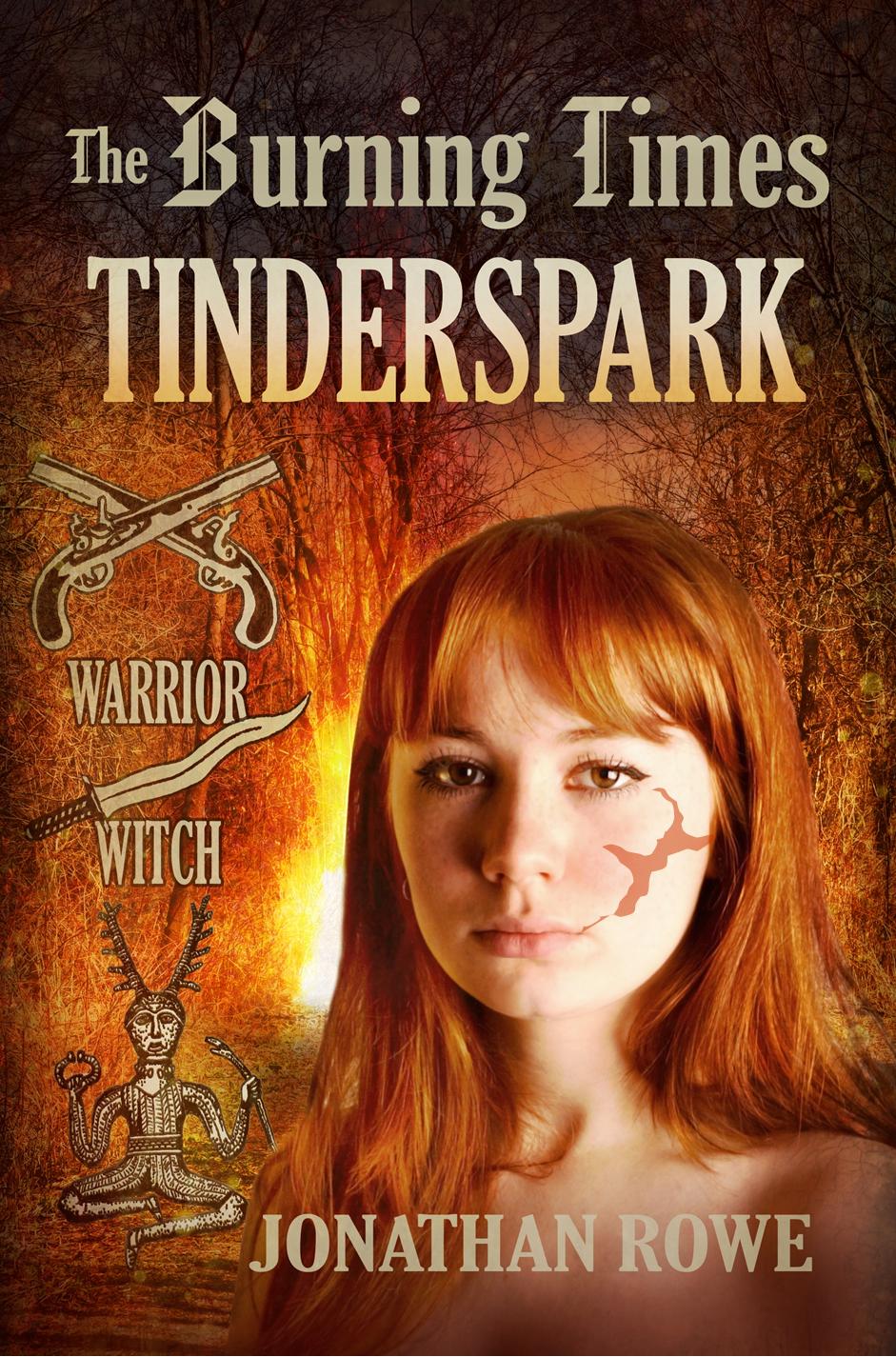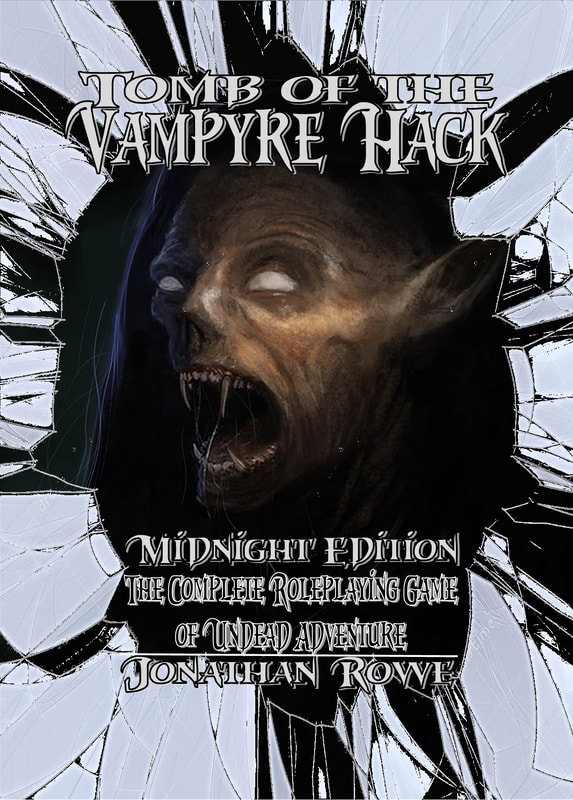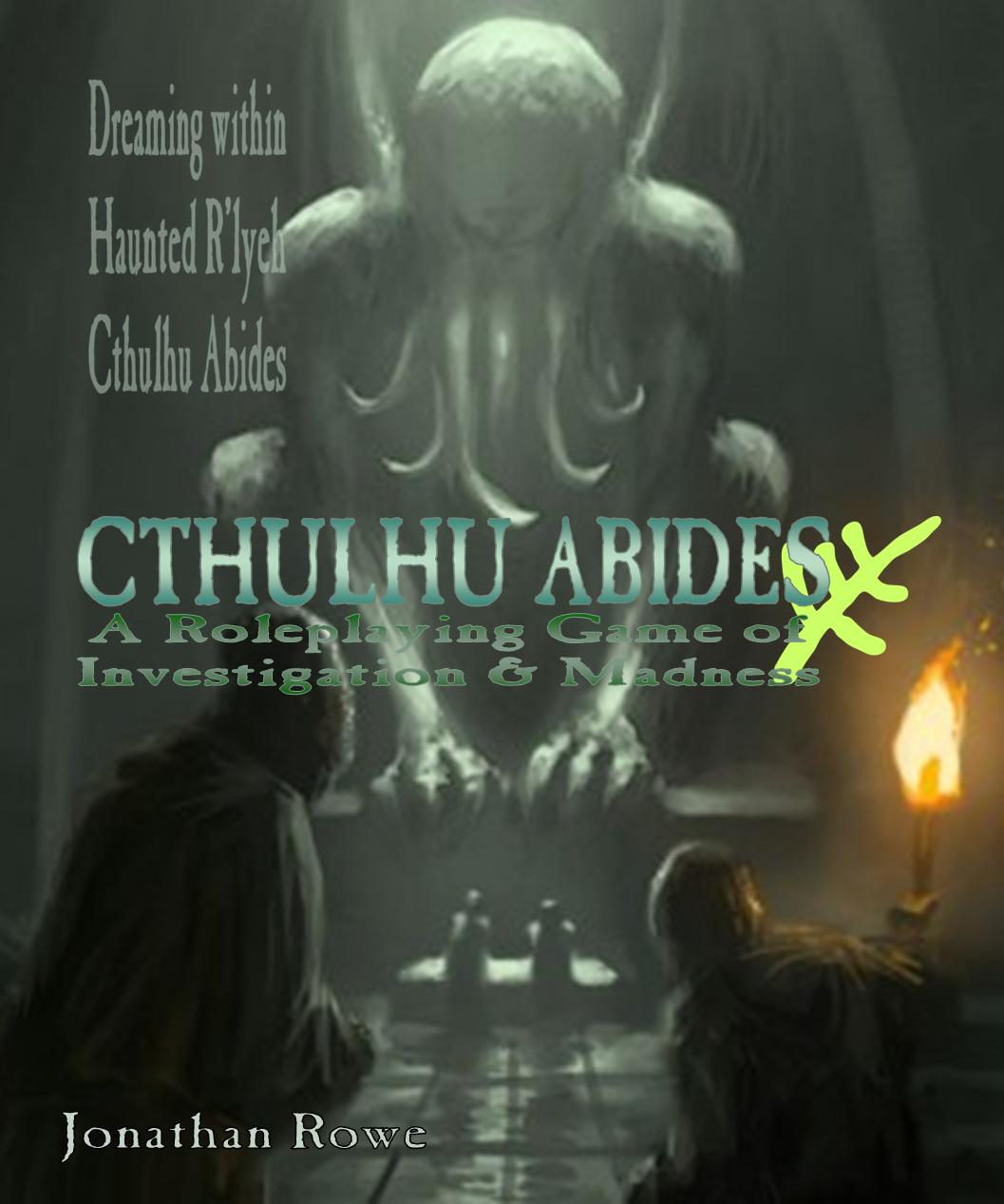|
DM's Guild is a fantastic resource if you're looking for D&D scenarios with a high quality bar. Babbling Wizard has a set of scenarios and mini-campaigns and I looked at Secrets of Leaf Grove because it is a module that can progress a small group of D&D characters from 1st-4th level over 4-6 sessions. Secrets of Leaf Grove is pay-what-you-want for the PDF download Leaf Grove is the sole work of David A. Hughes and an attractive piece of work it is too: beautifully laid out, some on-point colour art, attractive maps, clear stat boxes and information captions and a lucid and (almost) typo-free style. At 40 pages, there's plenty here for a DM to be getting along with, but it could also be used as pick-up-and-play if you want to jump straight into the first scenario. SPOILERS AHEAD I'm afraid: I want to talk about the plot (although, to be fair, the front cover gives away the nature of the main antagonists). Welcome to Leaf Grove Leaf Grove is an idyllic rural community surrounded by corn fields. If this were a Stephen King story, the children here would have murdered the adults long ago. There's a nice village hall and the 'Corn & Cob' Tavern that can seat seventy people (so it's half the size of my local Wetherspoons). There's a vigorous local democracy that entrusts power in three Councillors named Thorpe, Berry and Linwood. Everyone is sturdy and prosperous. It's like Maycomb, without the racism, or Bedford Falls, if Henry F. Potter didn't own the town. Small town America: To Kill A Mockingbird's Maycomb and It's A Wonderful Life's Bedford Falls David A. Hughes may be British, but this is a very AMERICAN setting, with its democratic traditions and vast cornfields and homely goodness. The villagers are holding a local festival when the scenario starts and you can't help but imagine the Fourth of July, with fireworks and corndogs. But, like most narratives set in such small towns, there's a darkness behind the facade. No, not racism or robber-capitalism, but a conspiracy nonetheless, a conspiracy aimed at benefiting the town that has unwittingly drawn monsters into the community. People have been disappearing under odd circumstances and the PCs have been invited here by Clr William Berry to investigate. The players enjoy the fun of the fair and meet the locals, some of whom are unaccountably hostile or secretive, before hiking out to Miles Hogan's farm to investigate his missing wife Alice and the odd disappearance of Clr Linwood. Investigating the conspiracy in a small village is a plot hook that goes right back to the good old days of D&D. The Village of Hommlet (Gary Gygax, 1979) hid evil agents in its midst and Against the Cult of the Reptile God (Douglas Niles, 1982) pitched the players into a village that was in the process of being subverted by a monster cult, with more NPCs going over the reptile god each night, evoking chilling Invasion of the Bodysnatchers paranoia. Innocent-looking fantasy villages harbouring dark conspiracies go back to the roots of D&D Writing a scenario in this genre puts you up against the stiffest competition there is. David A. Hughes' solution is to double down on the homeliness. There's no cultic conspiracy, more a sort of misunderstanding. One of the Councillors is a Wererat trying to ingratiate himself into a Lycanthropic gang by preying upon the community, along with his band of Kenku outlaws who have been abducting anyone who gets suspicious. The Kenku have been over-enthusiastic in their remit, the PCs have arrived to poke about, and the Wererat is spooked and does a runner. The plot rolls out from there. Critique A lot of scenarios stand or fall by their setting. Michael Thomas' Necropolic of Nuromen creates a low-level setting with Camlann set in a fairy forest that is steeped in otherworldly resonance. David A. Hughes' setting goes to the other extreme: Leaf Grove is so cosy it could be nestled at the foot of Walton Mountain. That is not necessarily a bad thing. The decency and simplicity of Leaf Grove and its innocent citizens stands as a contrast to the bestial Kenku and corrupt Lycanthropes in their midst. Moreover, if you're American, the setting perhaps won't strike you as so un-medieval. I'm reminded of the Apple Lane (Greg Stafford, 1978) supplement for Runequest, which located Glorantha's wild barbarians a township that could easily have had Tom Sawyer for a resident. There's a place for the low-key and the folksy in fantasy RPGs. I balk a little at medieval villagers with names like 'Darwin' or taverns named 'Corn & Cob' but the author leans into this. Later in the scenario, the village will come under attack and its fundamental homeliness will be important for giving the players a motive to fight (against stiff odds) to defend it. Dastardly Bird People The first scenario sends the PCs off to find Alice Hogan, who disappeared while fixing her scarecrow. I wonder if the allusions here are intentional, and not just to Children of the Corn. Has Alice been swept away to Oz? Slaughtered by the Jeepers-Creepers monster? I suspect that the players will be far more alarmed than they need to be. The truth - that the Kenku have bundled her into a nearby abandoned shrine - will probably come as a let-down. But the clawed footprints of something that seems to have dropped down from the scarecrow's post and made off with Alice will have players scanning the sky for the indestructible Creeper's reappearance, not looking underground for malevolent canary-people. Underground we must go. There's a nice scene where PCs descend on ropes into a long-abandoned tunnel. There are monsters to scrap with and good advice for making the setting as eerie as possible as the Kenku call to one another and imitate voices. There are some surprise undead locked away in a side room. There is Linwood the Wererat, pretending to be a prisoner, till he gets the drop of the PCs and can fully rat-out. At this stage in their careers, PCs will struggle to overpower a Wererat unless they were prescient enough to bring silver daggers (to be fair, in any group of players, there's always one..). Critique As with Leaf Grove, the problem here isn't what the author delivers, so much as the expectations he allows to rise first. The missing woman, the endless cornfields, the sinister scarecrow... that seems like a set-up for a brilliant Call of Cthulhu mystery. The Kenku in the tunnels are a disappointment after that. It's like finding a coffin with a mouldering corpse impaled by a stake through the heart, then learning you have to do battle with Kobolds. For all that the Kenku lair has artful layout and good atmospheric tips as well as an investigation, it's like a film that can't live up to the promise of the trailer. I'm not a 5th edition gamer, so I can't comment on the threat/reward balance. I know if this were 1st edition AD&D, a bunch of Kenku would be deadly opposition for first level characters. By old-school standards, the treasure is stingy. But the stat boxes detail the monsters as easy/medium threat and I presume the encounter is such that, when they leave it with the prisoners freed, the PCs will be ready for second level. They'd better be. Werewolves are coming. Wolves in the Sheepfold The Werewolves arrive in Leaf Grove to reclaim their buddy, Linwood the Wererat. They swagger into town like Eli Wallach in The Magnificent Seven, with a bunch of demands, then bust into buildings, terrorising people. The PCs have to barricade themselves inside and deal with the monsters that get in. This is a great scene and, once again, pure Americana. Small town detail that seemed twee or un-fantastical at the outset pays out now, because this is a Western, with the PCs defending the range, like Shane or John goddam Wayne, against the furry banditos that roam up and down the main street and jump through windows into the cantina. Calvera (Eli Wallach) menaces the innocent villagers in John Sturges' The Magnificent Seven (1960). Don't watch the recent re-make. True to the playbook, Marina (check the Latina name) who runs the cantina shows her mettle against these gangsters. She's a Lycanthrope too, a Weretigress with a heart of gold, and she flings the mutts about and chases them out of town. Critique Look, I love this scene. Werewolves super-outclass PCs at this level, but the author provides a bunch of options to scale the difficulty, based on the PCs' toughness and access to silver weapons. They might end up just scrapping with ordinary Wolves while the proper lycanthropes menace the NPCs. The arrival of a super-powered NPC deus ex machina will be very welcome by the end of this. This is going to be the most memorable scene in the scenario (with one possible rival later on) and a gleeful DM will want to stretch it out for maximum drama. We want children in peril. We want the townsfolk to rally armed with household utensils. We want a werewolf on fire to fall out of an upstairs window and roll about howling in the dusty street. Pure film! Since this is the beating heart of the scenario, which brings the true threat into focus and establishes what the PCs are fighting for, I think it's a shame the Western motif wasn't grasped more firmly. The tavern makes more sense as a Cantina. There ought to be a drunken sheriff and a feisty schoolma'am. Everyone should have Latin-inflected names. We should feel like we're in a Spaghetti Western, not The Shire. But that's just my imagination getting fired up. Druidic Double-cross Marina knows the truth about the Lycanthropes - their leader Vrell passed his Weretiger curse onto her - but not where the monsters are based. To find that out, a trip into the woods is needed, to consult a Halfling Druid. This part of the scenario offers a less linear plot. There are random encounters in the forest, an optional encounter with orcs and half-ogres and a final showdown with the boss Ogre, before the Druid turns up with a side quest: rescue a relic called The Leaf Scripture from a spider-infested cave. There's a double-cross, because the Druid isn't who he appears to be, but the PCs will end up with directions to the Lycanthrope Lair, by either a safe or a dangerous route. Critique These side-quests bedevil RPG video games and are a fixture in TTRPG modules too, so I shouldn't complain to find one here. They pad out a storyline, allowing PCs to level up or pick up magical weapons or allies, before reaching the final showdown. They add an air of verisimilitude, because life is a winding road with cul-de-sacs and double-backs, so they dilute the sense of being railroaded to a predetermined outcome. They create a sense of a wider world with things going on in it that don't pertain solely to the PCs' concerns. The problem is, they break up theme and atmosphere, and that's what this digression does. The Leaf Scriptures haven't been foreshadowed in previous investigations and the fate of Eldon the Druid lacks punch because he's not been prepared for. Indeed, the players probably never learn what befell him. Coming after the gripping Werewolf Attack on Leaf Grove, a skirmish with big bugs in a cave system feels like workaday dungeon-bashing. Don't get me wrong: this side-quest isn't bad. It's just a bit unmemorable. But fear not, because better things are ahead. The Weirdness of Wolf Tower If the PCs get the safe route, they arrive at a magical tower where the were-beasts are holed up. Getting past the Wererat guards without alerting everyone inside requires some ingenuity. Alternatively, the PCs might arrive by the more dangerous route, descending into a rocky gorge that's the territory of a Gorgon. There's a great build-up to this. The gorge is an eerie place. You notice the odd rocks. They're like fragments of larger stones. You see human features: fingers, eyes, mouths, in the shattered statues. Then the massive Gorgon comes snorting out of its lair. It's a great D&D moment, worth the price of admission all by itself, and the players get rewarded for the risk by finding a secret entrance to the tower down here. The Tower itself is an entertaining skirmish with were-critters, lent an extra twist of weirdness by the architect's magical legacy: the stairs between floors don't connect spatially, so characters move to unexpected levels. This could prove hilarious if the party get split up, or terrifying if the occupants are alerted and use the bizarre geography to ambush the PCs. The final showdown with Vrell the Weretiger is wisely curtailed: he will surrender if wounded, so that he can enjoy vainglorious threats and mind-games before being hauled off to face justice in Leaf Grove. Showdown, baby: roll initiative. Critique This is a solid climax. The Gorgon Gorge is a great cinematic moment. The layout of the Tower throws an Escherian curveball at attempts to map the place. Vrell is an entertainingly despicable villain. And yet, it's just a big fight, really. In dealing with the Kenku, there was a rescue mission; this is search-and-destroy. That's valid. Lots of players love it. But there's no option for players who prefer trickery or diplomacy or were hoping for spine-tingling mysticism. The Lycanthropes aren't opening a gate to the Feral Realms or wrestling with their humanity. They're just a bunch of chaots waiting for the PCs to bring the cleansing (silver) sword. Final Thoughts Secrets of Leaf Grove is a solid D&D adventure. Really solid. It offers new PCs a setting they can easily relate to (especially if you're American), a mystery and a quest, then it ups the stakes, sends you on a wilderness journey and then lets you assault the monsters in their magical fortress. The threats scale, there are opportunities along the way for negotiation and problem-solving and, though the story is essentially linear, there are a few scenes where the players' creativity can determine the outcome instead of the script. What holds me back from giving it more enthusiastic endorsement is that there are moments here that are better than solid, and one scene that is A++ Great, which shows you how much more awesome this scenario could have been. The roof-raising scene is the Werewolf Attack. The inspiring moments are the scarecrow in the cornfield, the chamber of the Leaf Scriptures, the appearance of the Gorgon and the spatial anomalies in the tower. The monster encounters that link these moments together are a little pedestrian. I wish the Dryads had mysteries to tell and lost lovers to pine for, I wish there were Wererats battling with their curse and seeking redemption, I wish Eldon the Druid had died a more meaningful death to a more satisfactory opponent, I wish there were precipices to hang from and slaughtered pioneers to avenge. I wish the forest had more intriguing threats in it than Orcs and Ogres. The setting itself serves its turn by making the players want to defend it. But it has no value as an ongoing base. There are no loose ends in Leaf Grove, no ongoing conflicts or campaign hooks. Once the Lycanthropes are defeated, there's no reason for the PCs to stay here. But that's just me. I'm a romantic who likes messy outcomes. New players to D&D 5ed. will ease right into this adventure. The fright they get when the Werewolves show up at their windows will lend extra tang to the payback they deliver in the tower at the end. Hommlet and the Against the Cult of the Reptile God won't be losing any sleep, but Leaf Grove will be the memorable start to somebody's lifelong love of D&D.
0 Comments
Leave a Reply. |
30 Minute Dungeons
Essays on Forge
FORGE Reviews
OSR REVIEWS
White Box
THROUGH THE Hedgerow
Fen Orc
I'm a teacher and a writer and I love board games and RPGs. I got into D&D back in the '70s with Eric Holmes' 'Blue Book' set and I've started writing my own OSR-inspired games - as well as fantasy and supernatural fiction.. Archives
July 2024
Categories
All
|












 RSS Feed
RSS Feed
























